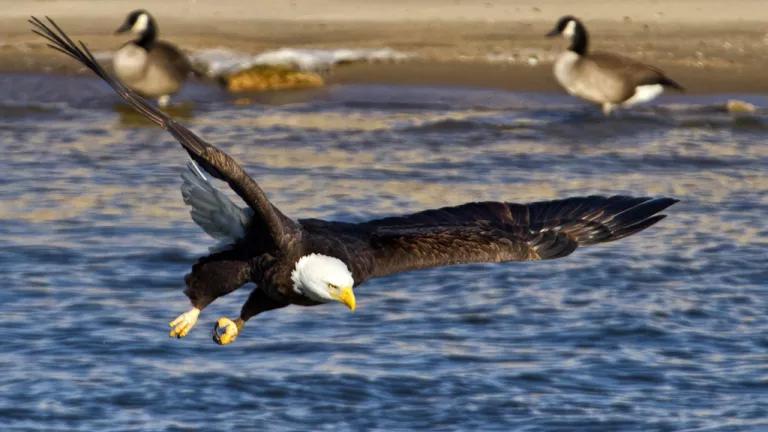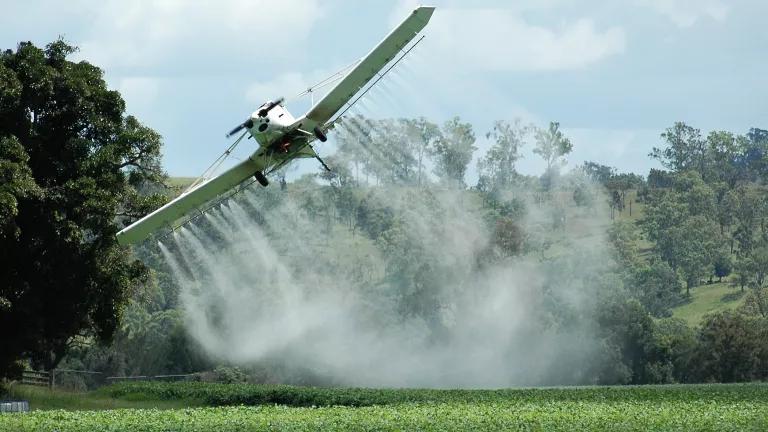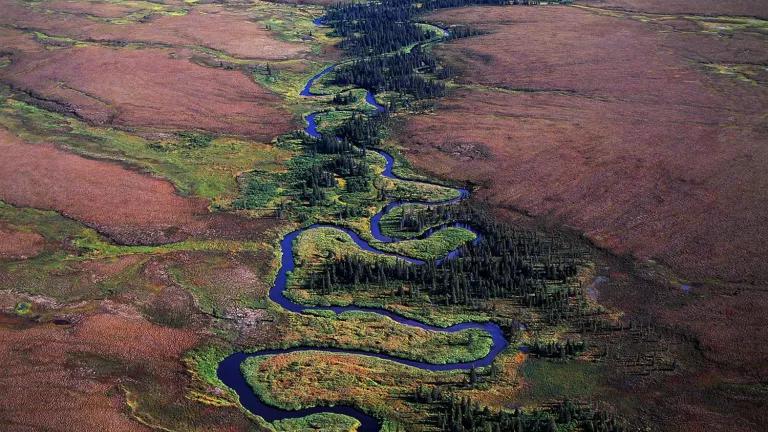
Recent reports of eagles being killed by wind turbines have stirred up a lot of emotion and controversy and understandably so. On the one hand, more wind energy will get the U.S. on the right side of the climate fight and help curb our greenhouse gas emissions, which are a huge threat to wildlife, including eagles. On the other, the majestic bald eagle is the symbol of our nation and the golden eagle is a much loved and ecologically important species, which is why the Bald and Golden Eagle Protection Act singled them both out for federal protection by the 1960’s.
But we don’t have to choose between healthy and abundant eagle populations and scaling up wind generation to meet our energy needs. That’s a false choice we don’t have to make. What we do need to do is work together—wind energy companies, environmentalists, landowners, policy makers and others—to find the right balance here.
Unfortunately, the way forward is not what the Fish and Wildlife Service is proposing, namely to push through a rulemaking under the Bald and Golden Eagle Protection Act to extend permits that allow wind farms to kill eagles from five years to up to thirty years, without a biological basis or environmental review, and without providing transparency, public involvement, or environmental guarantees to accompany the six-fold increase in permit duration.
The proposed Fish and Wildlife Service rule is simply not a policy that NRDC can support. It is a short-sighted approach that will merely exacerbate the current controversy and delay efforts to institute a truly effective eagle permitting program (where permits are actually issued, when appropriate, and the public helps determine the choices we’re making for eagles).
Instead, we propose that the Fish and Wildlife Service step back from this rulemaking and work with stakeholders to institute immediate interim measures that provide regulatory assurances for wind energy developers and eagles—including stringent and transparent adaptive management prescriptions—while simultaneously instituting a coordinated research agenda to provide the data needed to get to a more comprehensive solution.
We need reassurance that our government is doing what’s best for eagles, and shouldn’t forget that part of the reason we are in this difficult position is because the public has been unable to access information and provide input on eagle interactions at wind farms thus far. And, while these new regulations come with the promise of more research, there’s little guarantee that the research program will be fully funded.
While we know that eagles are being killed by some wind farms, we don’t fully understand how great the impact is or how robust or resilient our eagle populations are. Indeed, shockingly little is known about golden eagle populations generally. Some wind energy sites will be perfectly safe, some will be too risky, but most will be workable with the right protective measures. The problem is that we have no science or process in place to decide which is which and what protective measures are needed.
Allowing for thirty-year permits without transparency or science is like putting the cart miles ahead of the horses and, worse, pitting everyone responsible for attaching the horse to the cart against each other. That’s why the administration and the industry should be telling the Service to put the thirty-year permit rule on hold while the stakeholders continue to work together to get us to a robust set of permitting rules that work for the industry and eagles.
The industry needs effective permitting that gives them a well-marked path to a long-term permit. Wind projects last a long time, so they need a permit that they can quite literally take to the bank. But to protect the eagles and make sure the permits will not simply become a source of endless legal challenge, we need to create a more effective eagle permitting program that steps up the research, gathers more data, including information that the industry currently doesn’t share, and facilitates collaboration to find both the short and long term answers.
The wind industry is plainly in a difficult position. A recent Associated Press article on the issue did not, from industry’s perspective, fully explore the other complexities associated with this predicament. Wind power needs public support, and it’s hard to maintain that support when you are harming charismatic animals like eagles. This further demonstrates why we must have a greater public and scientific dialogue on how to address these risks.
Balancing the need to develop clean energy responsibly with the need to protect our endangered and most iconic species will only be possible if all stakeholders are engaged. NRDC fully supports collaborative efforts—such as the American Wind Wildlife Institute—with the wind industry and scientists in order to adopt protocols that can provide greater long-term regulatory certainty (and we will keep fighting for that). It must be tempting for some in the industry to push the administration to lock in the thirty-year permit now, but that will make getting the rest of the necessary pieces in place much harder. We all need the horses in front of the cart pulling it.
We must continue working together—industry, government and the public—to find answers, incorporate the latest research and data, and openly address the appropriate balance between scientific uncertainty and the certainty that the wind industry needs to move forward with much-needed carbon-free renewable energy for America’s future. With better science, planning and regulation, we can find answers that will allow us to protect eagles while building the clean energy future.



